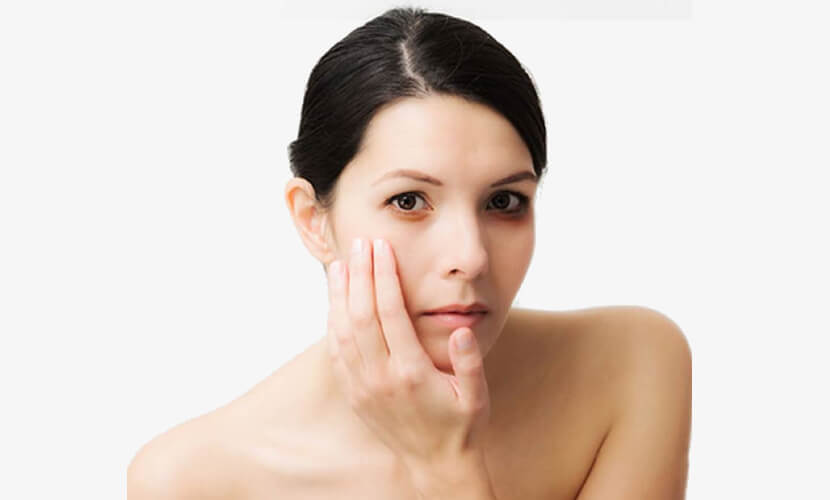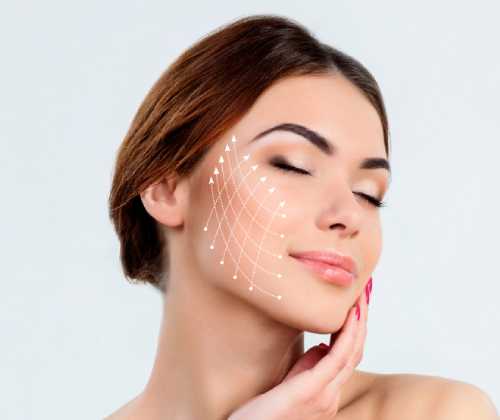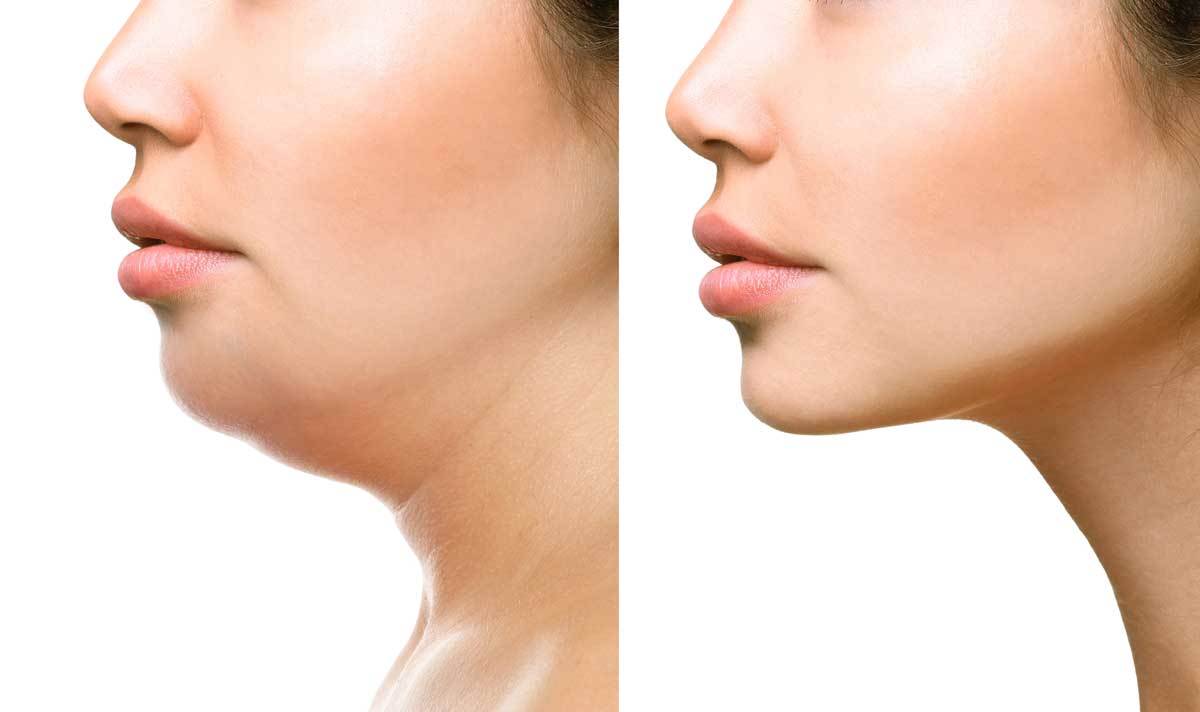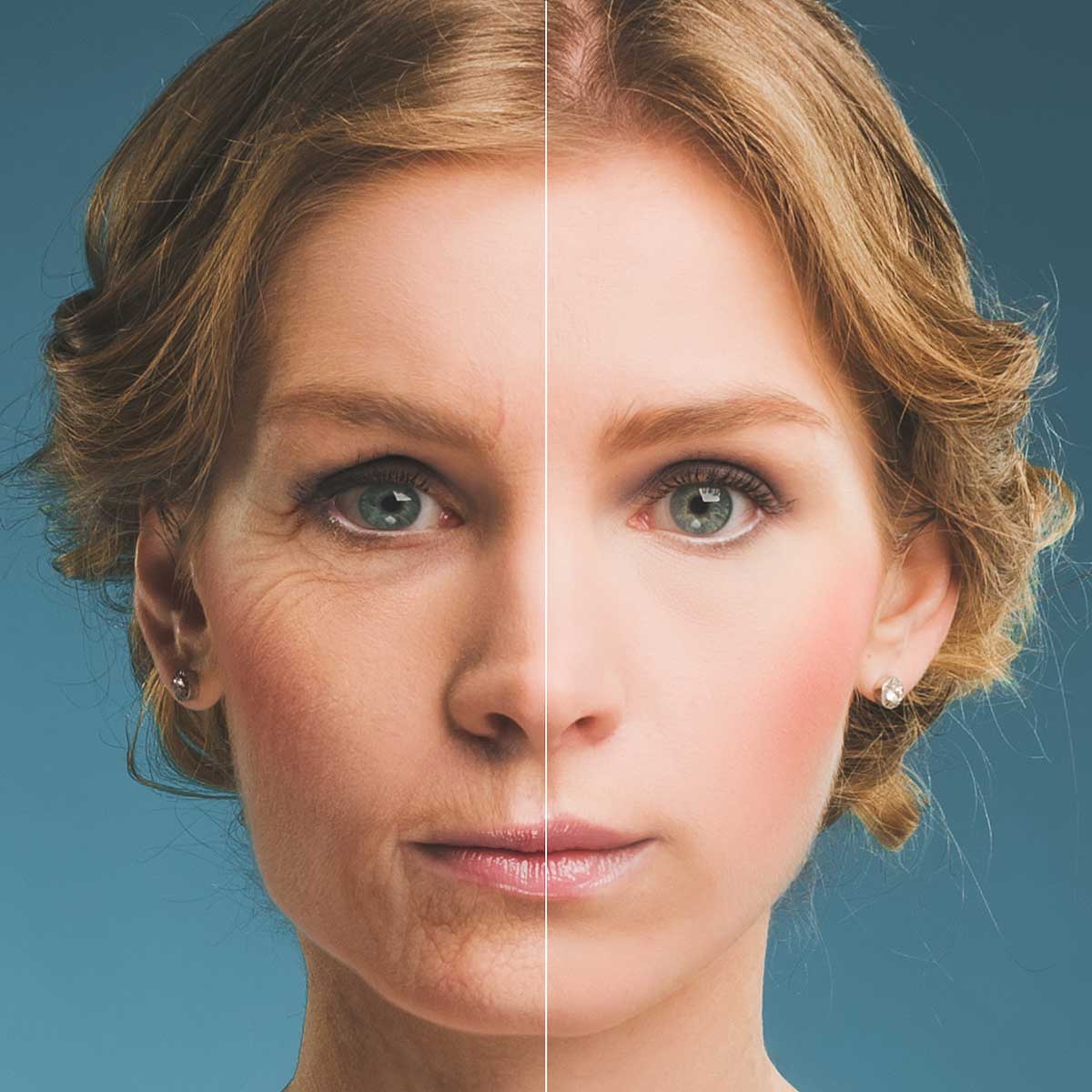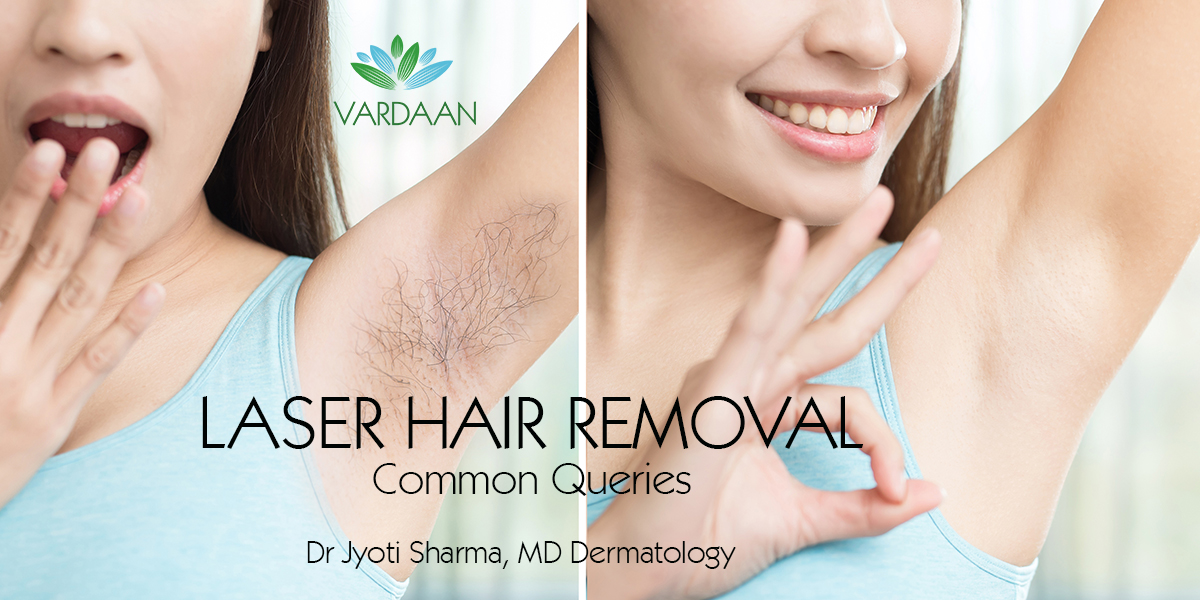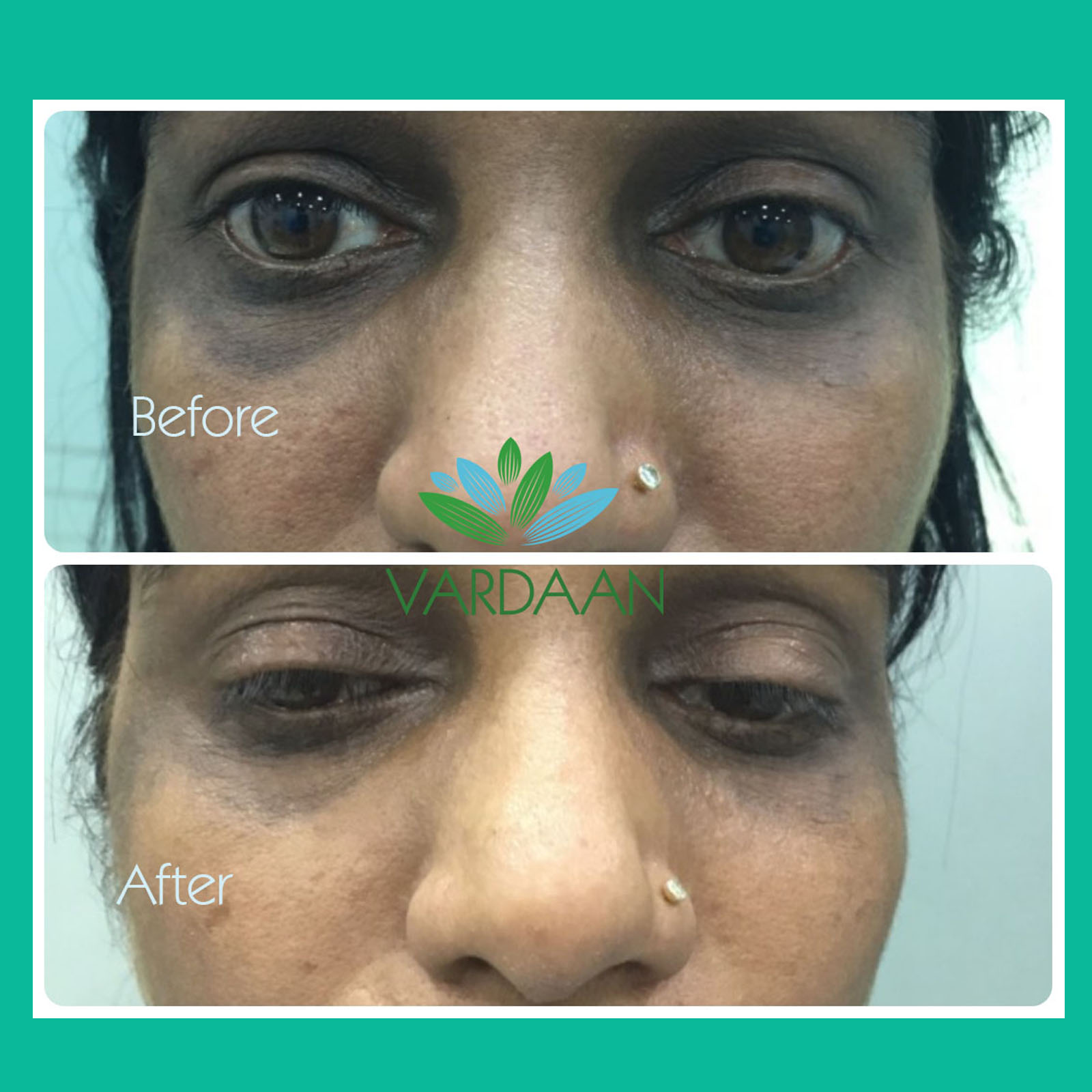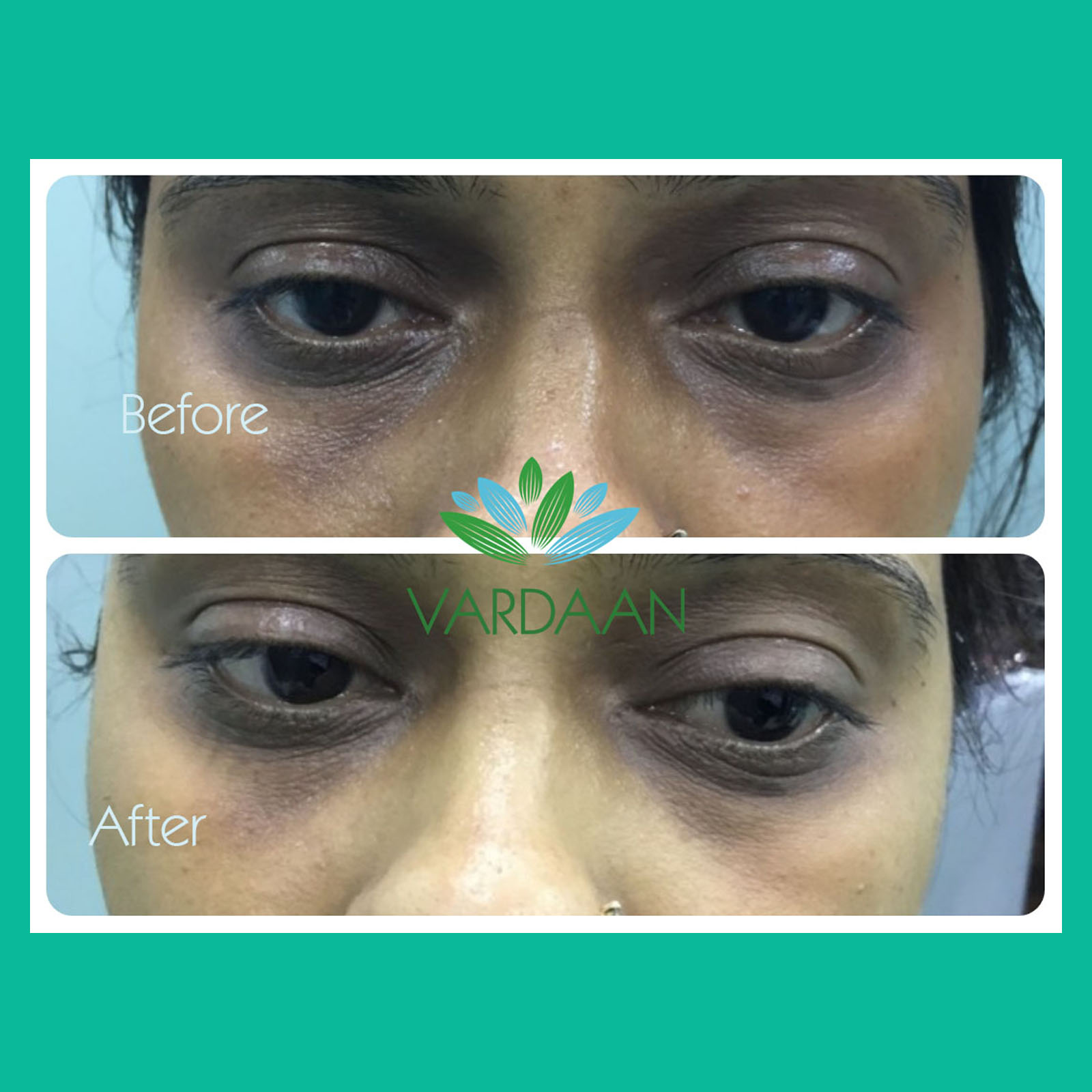Dark Circles
Periorbital pigmentation in common words is known as under eye dark circles. It is a very common problem nowadays. The condition involves the formation of light-to-dark coloured brownish black spots around the eyelids. It gives a tired look at a person and can affect his/her confidence.
Causes of Periorbital pigmentation
- Family History- The problem of periorbital pigmentation is considered to have a genetic basis. Many people have pigmentation around the periorbital area in several members of the family. The pigmentation starts early in childhood and gradually increases with age.
- Post-inflammatory hyperpigmentation- A person suffering from frequent allergies may rub and scratch the skin around the eye which can cause pigmentation in that area.
- Tear through deformity- The depressed area below the eyelid becomes prominent with age and gives the impression of under eye circles.
- Lack of proper sleep is one of the major causes of the development of under eye circles. Apart from that, stress, alcohol overuse and smoking also contribute to the problem.
- Ultraviolent (UV) rays from the sun can aggravate under eye circles.
- Regular and continuous use of spectacles or contact lenses can cause exhaustion of periorbital muscles, leading to the development of under eye circles.
- Anaemia or lack of haemoglobin- When enough oxygen doesn’t reach the periorbital tissues, it can make the periorbital region look comparatively darker.
- Use of several drugs like oral contraceptives, hormone-replacement therapy can lead to periorbital hyperpigmentation.
- Several medical problems also aggravate the dark circles like disorders of heart, thyroid, kidney or liver, vitamin K deficiency and Addison’s disease.
Treatment of Periorbital Pigmentation
Being such a prominent issue, curing dark circles is the mainstay. There are a number of treatments available which can help you to get rid of your dark circles. These treatments include-
- Topical Therapies: Using creams containing hydroquinone, kojic acid, azelaic acid, topical retinoic acid along with sunscreen can help you in reducing your pigmentation.
- Chemical Peels: Lactic acid, glycolic acid, retinol peels, arginine-based peels can be used to reduce the pigmentation.
- Lasers: Q-switched lasers with nanosecond pulse technology are ideal for selectively treating melanosomes leading to a decrease in melanin content of the skin, thereby reducing pigmentation.
- Fillers: Hyaluronic acid (HA) fillers can be used to correct under eye hollows.
- Radiofrequency tightening: The given treatment can be used in treating puffiness and the appearance of eye bags.
- Fat grafting: Fat transfer is a good means to achieve facial rejuvenation.
- Platelet-rich plasma: In PRP, your own blood is taken from which the plasma is separated using a special machine. The plasma so collected contains various growth factors and proteins which provide nutrition to the skin. It is injected back into the skin. This puts the skin in a healing mode, leading to the rejuvenation of skin around the eyes.
At Vardaan clinic, we use a multitude of treatment modalities depending upon the needs of a person. Multiple sessions may be conducted in order to attain the desired results.
Enquire Now
Other Related services
Threadlift
A Contour ThreadLift is a minimally invasive, non-surgical procedure able to pro...
Hifu
Skin tightening and facelift with High-Intensity Focused Ultrasound (HIFU) is a ...
Skin Tightening
The aging process breaks down collagen and elastin fibers, leading to the appear...
Laser Hair Removal
You get razor bumps or acne breakouts when you want to dispose of unwanted hair....

